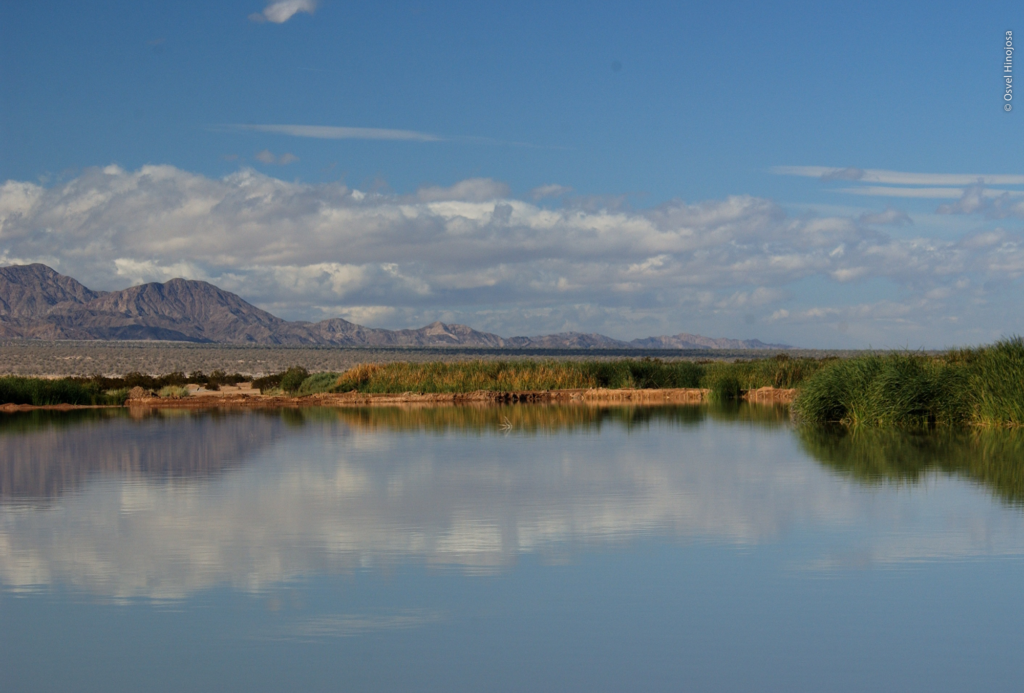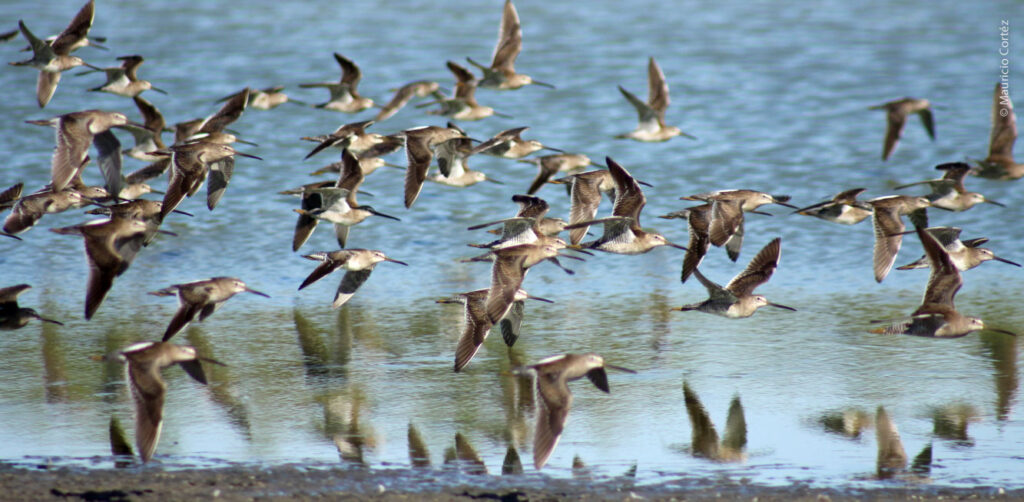Northwest Mexico is essential for the life cycle of millions of North American shorebirds. Originating in Alaska, Canada, and the United States, many of these species undertake an extraordinary annual journey south, traveling tens of thousands of miles in search of food and shelter. On their way to Mexico, Central and South America, they travel down the Pacific coast and some of them stop temporarily on our coasts and wetlands.
The Colorado River Delta, located in the Mexican states of Sonora and Baja California, receives around 160,000 migratory shorebirds annually, as a part of the Pacific Flyway, making The Delta a strategic enclave for conservation. For decades, this waterway has seen a decrease in its water flow, especially in the last 140-kilometer stretch in Mexican soil.

To reverse this situation, in recent years Mexico and the United States have been complying with international treaties dating back to 1944. One of these documents, known as Minute 323, states the periodic delivery of water from the U.S. to Mexico. Thanks to this agreement, our country assures 259 million m³ of water solely for the environment until the year 2026. The presence of this vital liquid benefits numerous species of plants and animals.
Therefore, a special emphasis is placed on monitoring shorebirds that visit the Delta during autumn and spring. Our experts from Pronatura Noroeste, in collaboration with experts from the National Audubon Society, LightHawk, the Cornell Lab of Ornithology’s Coastal Solutions Fellows Program and the National Commission of Natural Protected Areas (CONANP), collaborate on bird monitoring to obtain data on their abundance, composition, and habitat use.

As part of the conservation strategies for this group of birds, the Delta has artificial wetlands at Las Arenitas and the Cucapah wastewater treatment plants. In addition, more than 30% of the plant’s effluent at Las Arenitas is discharged into the flow of the Hardy River, which improves and conserves the ecosystem with a direct benefit to wildlife.
In this international effort we can also mention the installation of Motus stations at key points in the region. Through an automated telemetry network, these stations allow us to track the dispersal and migration movements of birds, their time of stay, habitat use, and connectivity between sites.
As you can see, bird monitoring is of great ecological value. Collaborate with us and be part of this fascinating conservation work in the Colorado River Delta.













